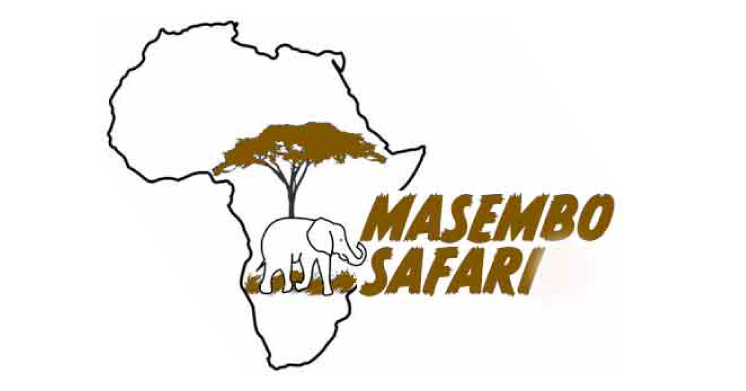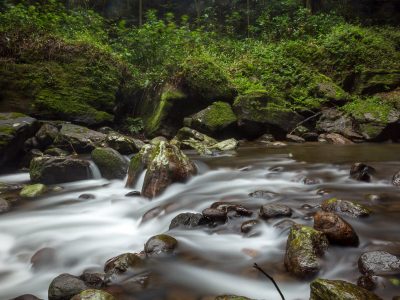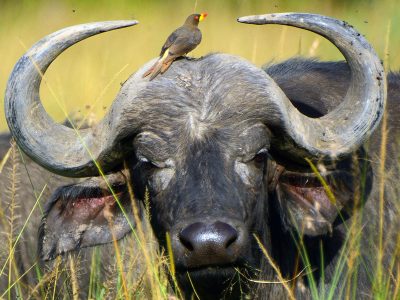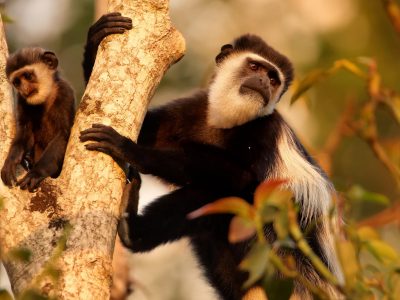Mahale Mountains National Park lies on the shores of Lake Tanganyika in western Tanzania. Named after the Mahale Mountains range that is within its borders, covers an area of 1 613 km² and is located about 128 km south of Kigoma town on the eastern shore of Lake Tanganyika.
Though it is well-known for chimpanzees and baboons, Mahale Mountains National Park has also savannah adapted species of East and South Africa, forest adapted species of West and Central Africa or Congo Basin animals. Among them are the giant squirrel, red-legged sun squirrel, brush-tailed porcupine, Angolan black and White-Colobus (which are regarded to be a new species in this area), Bushy-tailed mongoose, and sharp’s grysbok. Besides the Chimps, Leopard, Lion, Kudu, Eland, Buffalo, Roan and Sable antelope, and a host of other game wander through this reserve.
WHY VISIT MAHALE:
- A chance to watch chimpanzee in the wild
- A heaven for Nature-loving tourists specialized in bird’s plants, butterflies or fresh water fish
- Rugged scenery: mountains, waterfalls, a view of the lake as far as the Congo
- A great feeling of solitude (only a couple of hundred visitors a year)
- An exceptionally varied destination as a whole: Opportunities to combine watching the wildlife and enjoying the superb scenery with tranquility, hiking, mountain treks and diving in the crystal-clear waters of the lake. (with a varied fauna of freshwater fish)
- Beach along Lake Tanganyika
- Sun set on the Lake horizon
WHAT TO DO:
- Chimp tracking (allow two days)
- Hiking to the Park’s highest point
- Camping safaris
- Snorkeling
- Ports fishing
- Canoeing
BEST TIME TO VISIT
- The dry season (May -October) is the best period. During this period, chimpanzees are likely to be seen in big groups, the sunshine illuminates the fish in the Lake and the beach is an inviting place to relax. However, Mahale Mountains National Park is accessible all year round. A visit in the rainy season can also be a memorable experience, made remarkable by views of the neighboring country DR Congo across the water and by incredible lightning storms that light up the lake at night.
GETTING THERE:
- Accessible by road and boat
- Charter flight






